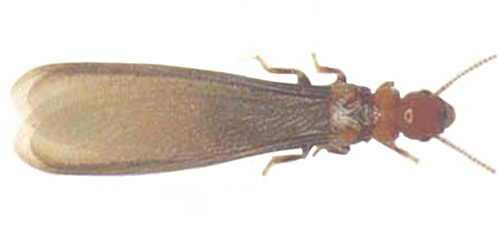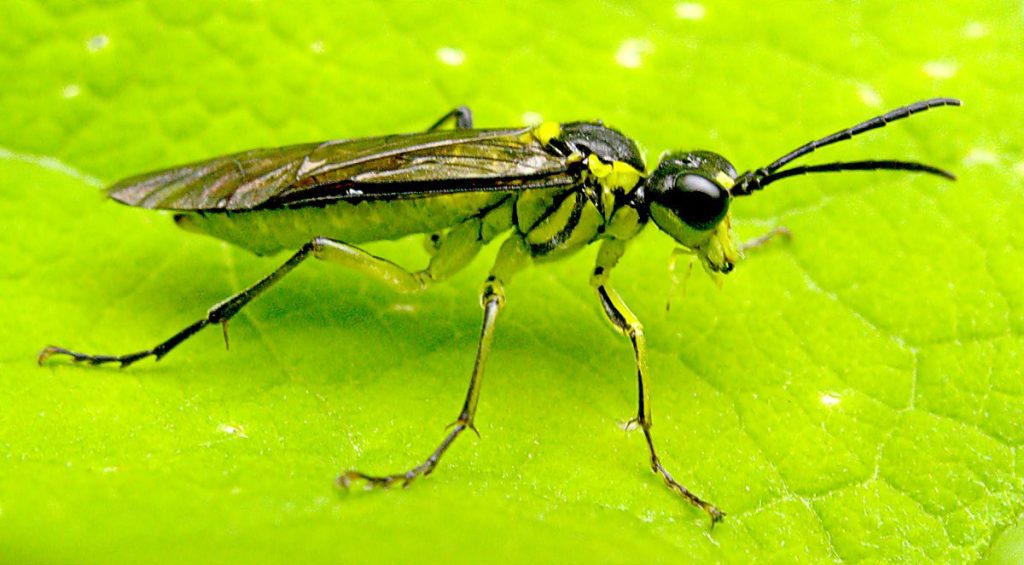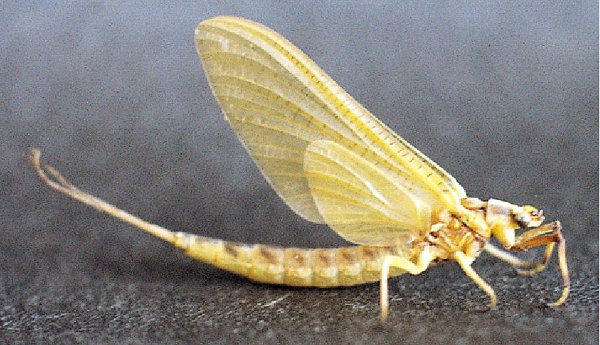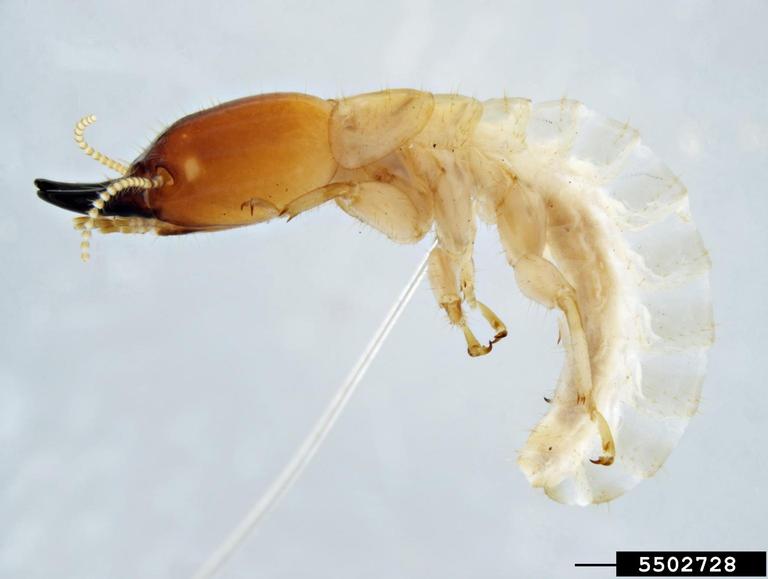Beware of impostors! Discover 7 bugs that look like flying termites – you won’t believe it!
Welcome, insect enthusiasts, to a captivating journey into the mysterious world of bugs that bear an uncanny resemblance to flying termites. Prepare to be astounded as we uncover the identities of these intriguing lookalikes. Nature has a way of creating fascinating similarities, and our seven bug companions certainly don’t disappoint. So, buckle up and get ready to explore the peculiar world of these sneaky creatures.
Table of Contents
The Carpenter Ants (Camponotus spp.)

Let’s kick off our bug safari with the Carpenter Ants. These handsome creatures effortlessly mimic the appearance of flying termites, leaving us scratching our heads in confusion. With their sleek bodies and long wings, they share a striking physical resemblance. However, there are key distinguishing features that set them apart from their termite counterparts.
Firstly, the antennae of Carpenter Ants have an elbowed shape, giving them a definite edge in distinguishing them from termites. Additionally, their narrow waists are a giveaway, unlike the straight thorax of the termites. Furthermore, these ants have longer wings compared to termites, showcasing clear differences in their overall physique.
Carpenter Ants are known to construct complex nests within wood, where they diligently go about their carpentry work. Found worldwide across various habitats, these winged insects play a crucial role in balancing ecosystems and are essential decomposers.
Drywood Termites (Incisitermes spp.)

Here we encounter the intriguing Drywood Termites, another bug species that could easily be mistaken for flying termites due to their winged reproductive members and similar physique. However, keen observation reveals unique characteristics that set them apart from their termite cousins.
Firstly, take note of their body proportions; Drywood Termites possess a more uniform shape compared to termites, making them easier to differentiate. Their pale, cream-colored bodies also contrast with the darker coloration of true termites. Most tellingly, their wing venation patterns vary distinctly, presenting a clear visual clue for identification.
With an affinity for drywood habitats, these termites make impressive use of their digestive enzymes, allowing them to extract nutrients from the wood they infest. Their feeding habits and distinct ecological roles make them fascinating subjects to study and conserve.
Sawfly Adults (Suborder Symphyta)

If you thought it couldn’t get more confusing, let us introduce you to the curious Sawfly Adults. The resemblances they bear to winged termites demand close scrutiny to distinguish between the two.
While their size and general wing structure are quite similar to that of flying termites, Sawfly Adults possess several key differentiators. These include body segmentation, antennae shape (which is significantly different from the straight antennae of termites), and distinct wing venation patterns.
Sawfly Adults undertake an incredible lifecycle that encompasses fascinating feeding habits, in which many species rely on plant defenses to protect themselves against predators. Their presence in diverse habitats worldwide adds yet another layer of intrigue to their already enigmatic nature.
Termite Beetles (Family Ptinidae)

Our next unsuspecting termite lookalike is the delightful Termite Beetle. At first glance, one could mistake them for flying termites, especially when spotting them from a distance. As we move in for a closer look, however, we can start to distinguish these crafty pretenders from their true termite counterparts.
Several key diagnostic traits come into play when identifying Termite Beetles. These include their body shape, antennae structure, and the presence of elytra, which termites notably lack. Such distinctions allow knowledgeable observers to confidently differentiate between the two species.
These intriguing beetles play an important ecological role, as many species help break down wood and contribute to nutrient cycling. Found throughout different regions of the world, Termite Beetles continue to astound insect enthusiasts with their uncanny likeness to those airborne termites we all love to marvel at.
Flying Ants or Alates (Various Genera)

Hold on tight as we enter the world of majestic flying ants, or alates. These bewitching creatures possess a striking resemblance to winged termites, especially when they take to the skies during their reproductive phase. However, a closer inspection will unveil some intriguing differences that set them apart.
While flying ants share many visual traits with winged termites, the shape of their antennae, wing veins, and body segmentation offer valuable clues for confident identification. With a wide diversity of genera within this group, the behavior patterns and ecological significance of these ants can vary significantly.
Playing vital roles in ecosystems around the globe, flying ants contribute to pollination and serve as a crucial food source for other creatures. Their collective swarming flights have captivated humans for centuries, sparking curiosity and awe.
Mayflies (Order Ephemeroptera)

Our journey wouldn’t be complete without a peek into the intriguing world of Mayflies, another set of insects that bear an uncanny resemblance to flying termites, especially during their swarming period. While their likeness can be deceiving, closer examination will uncover distinctive characteristics that differentiate them from actual termites.
Mayflies possess delicate bodies and longer legs compared to winged termites. Additionally, their filamentous tails are a unique feature that termites lack altogether. These fascinating insects predominantly inhabit aquatic ecosystems and play crucial roles as indicators of water quality and as a food source for fish and birds.
As ephemeral as their lifecycle may be, Mayflies remind us of the interconnectedness of nature and the astounding adaptations that have evolved within our diverse insect populations.
Drywood Termites (Incisitermes spp.)

Now that we’ve embarked on this enthralling bug safari, it’s clear that nature has a penchant for creating uncanny resemblances. Our six bug companions, the Carpenter Ants, Drywood Termites, Sawfly Adults, Termite Beetles, Flying Ants, and Mayflies, have demonstrated just how cleverly nature can design lookalikes.
By examining the distinguishing features and ecological significance of these sneaky bugs, we not only appreciate the subtle nuances that make them unique but also deepen our understanding of the intricate tapestry of nature’s biodiversity. So, next time you encounter a flying termite lookalike, take a closer look, and marvel at the remarkable adaptations that enable these bugs to thrive in their respective habitats.
Remember, our journey into the world of deceptive creatures is only the beginning. The vast expanse of nature continues to astound us, beckoning us to uncover its many secrets. Stay curious, fellow nature enthusiasts, and let these buggish mysteries inspire your own explorations!


GIPHY App Key not set. Please check settings